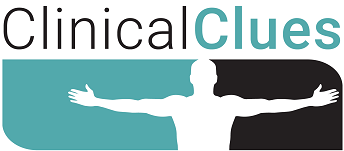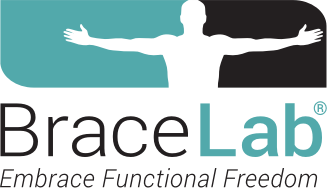Can You Avoid Running Pain?

February 2024 No. 36
Can You Avoid Running Pain?
by Jerry Ditz, DPT, Dip. Osteopractic, Cert. SMT, Cert. DN
Human nature urges patients to search online for information about physical challenges they may have. With the wealth of online information available, (both respected peer-reviewed literature as well as fix-it solutions from anyone posting) patients bring a wide variety of expectations when they seek physical therapy (PT) treatment. This seems especially true of those who seek to be part of the running community because there is lots of inaccurate medical information about running online.
Ellen, 38, intended to complete her first 10k race in the spring of 2024. Since she was new to running, she discovered online that PT could design a running training program to prevent injuries during training. She came to therapy to obtain this training program.
Because Ellen’s initial reason for seeking therapy was not realistic or aligned with current evidence, it was important to redirect her thinking. We discussed three points:
1. Ellen appeared to want the benefits of running but also, to eliminate all the risks. Since inactivity would be far more detrimental to her overall well-being, she needed assurance that running is a good choice because of its proven health benefits, even though it may result in a musculoskeletal injury.
2. All runners have pain at some point and training parameters are only guidelines. Even those who strictly follow training guidelines may still sustain an injury. Ellen needed basic training advice and assurance that PT can best help her when she experiences pain or experiences an injury. Because most running injuries are musculoskeletal, and thus resolve in a few weeks or months, such injuries can be viewed as minor when compared to the often seen problems from inactivity such as diabetes, hypertension, hyperlipidemia, etc.
3. There is no known running training program that prevents injuries. Tracking a key training parameter, however, provides the basis for modification if pain or an injury occurs.
Ellen was instructed to track one main training parameter. Most importantly, she agreed to schedule a follow-up visit if she began experiencing pain or sustained an injury.
Her parameter tracking options were:
• Distance: Total miles run each week; monitored with her phone, fitness watch, or online.
• Duration: Total minutes run each week; monitored with a watch or phone.
• Frequency: Total the number of days run each week.
• Intensity: Three possible measurement options are 1) average speed, 2) Rate of Perceived Exertion scale (1-10), or 3) average heart rate during each run, monitored by a smartwatch.


Tracking multiple parameters simultaneously will conflict at some point in your training calendar. For example, a distance-based program will tell you how many miles to run each day and a duration program will tell you how long to run each day. But if you follow both parameters, your distance program may indicate to run 4 miles and your duration program directs a 20-minute run. Combined, this would be a 5-minute mile, which is an unrealistic goal.
While monitoring parameters may not mitigate the risk of injury, integrating specific parameters into your regimen can offer valuable guidance for effective training. Tailoring the choice of a tracking parameter to align with a specific goal is particularly beneficial for novice runners. In Ellen’s instance, she opted to monitor distance, aligning with her goal to successfully complete a 10k race.
Ellen chose not to cross/strength train since the 10K will be her first race. With 12 weeks before her race, and Ellen’s preference to run three days a week, Ellen’s training program is outlined below.
Individuals who want to start or return to running must decide their projected outcomes/goals. If the goals are unrealistic, it is important to manage expectations by helping the patient reset their unrealistic goals and offer evidence-based advice on what is realistic for them.
Although the likelihood of experiencing pain or getting injured while running is high, such injuries are typically minor. And, while working with a therapist on specific fitness goals will not prevent running injuries, a therapist can help guide the runner’s expectations.
Distance Running Training Program:


